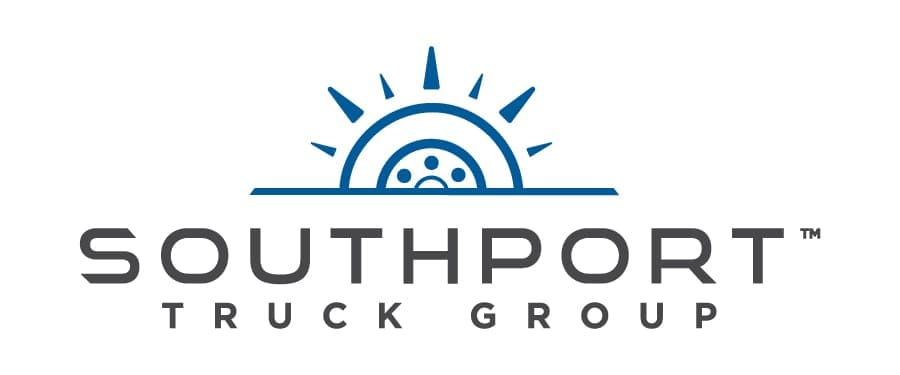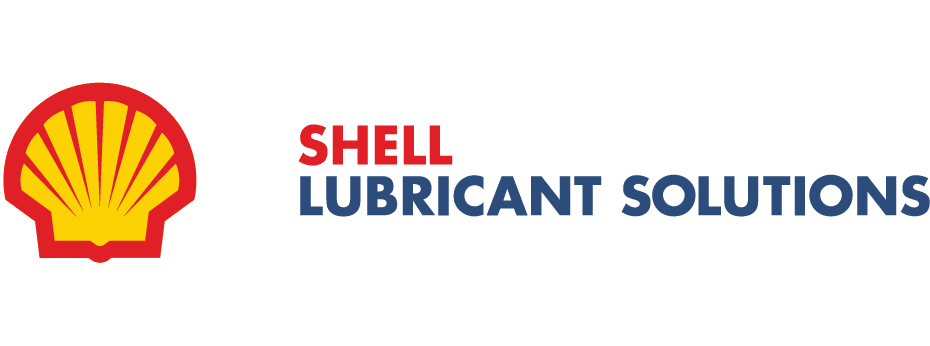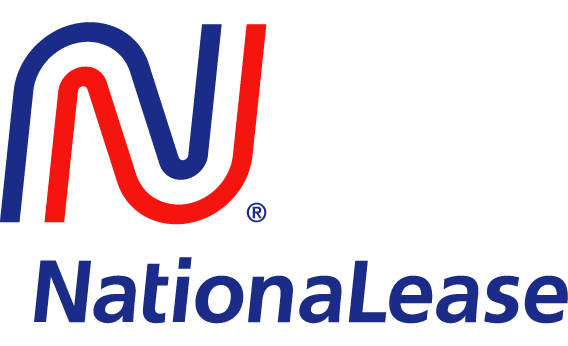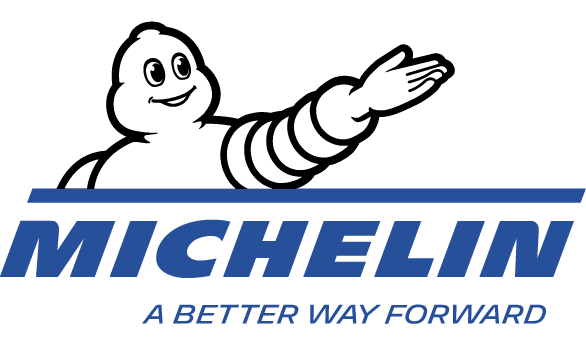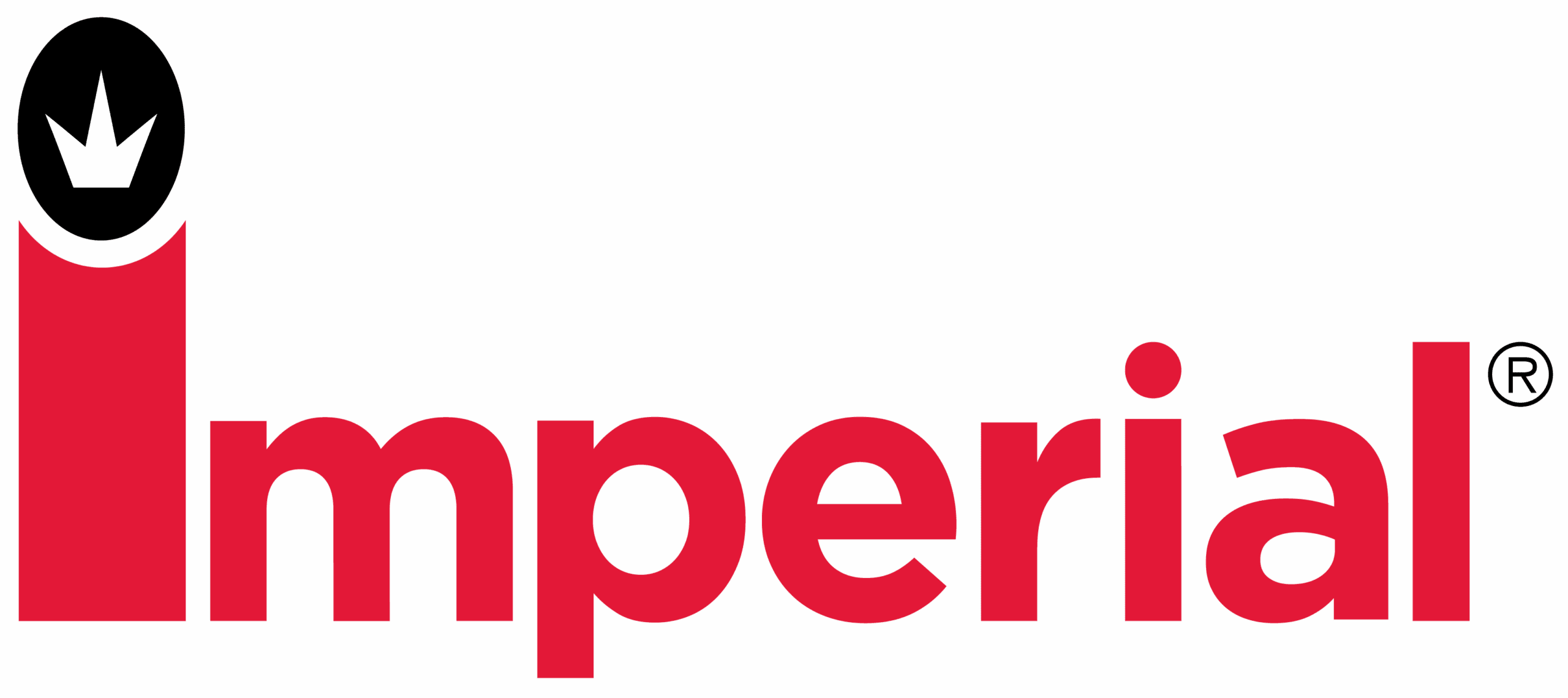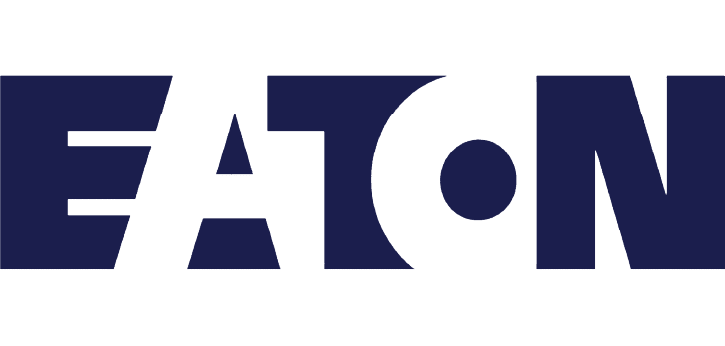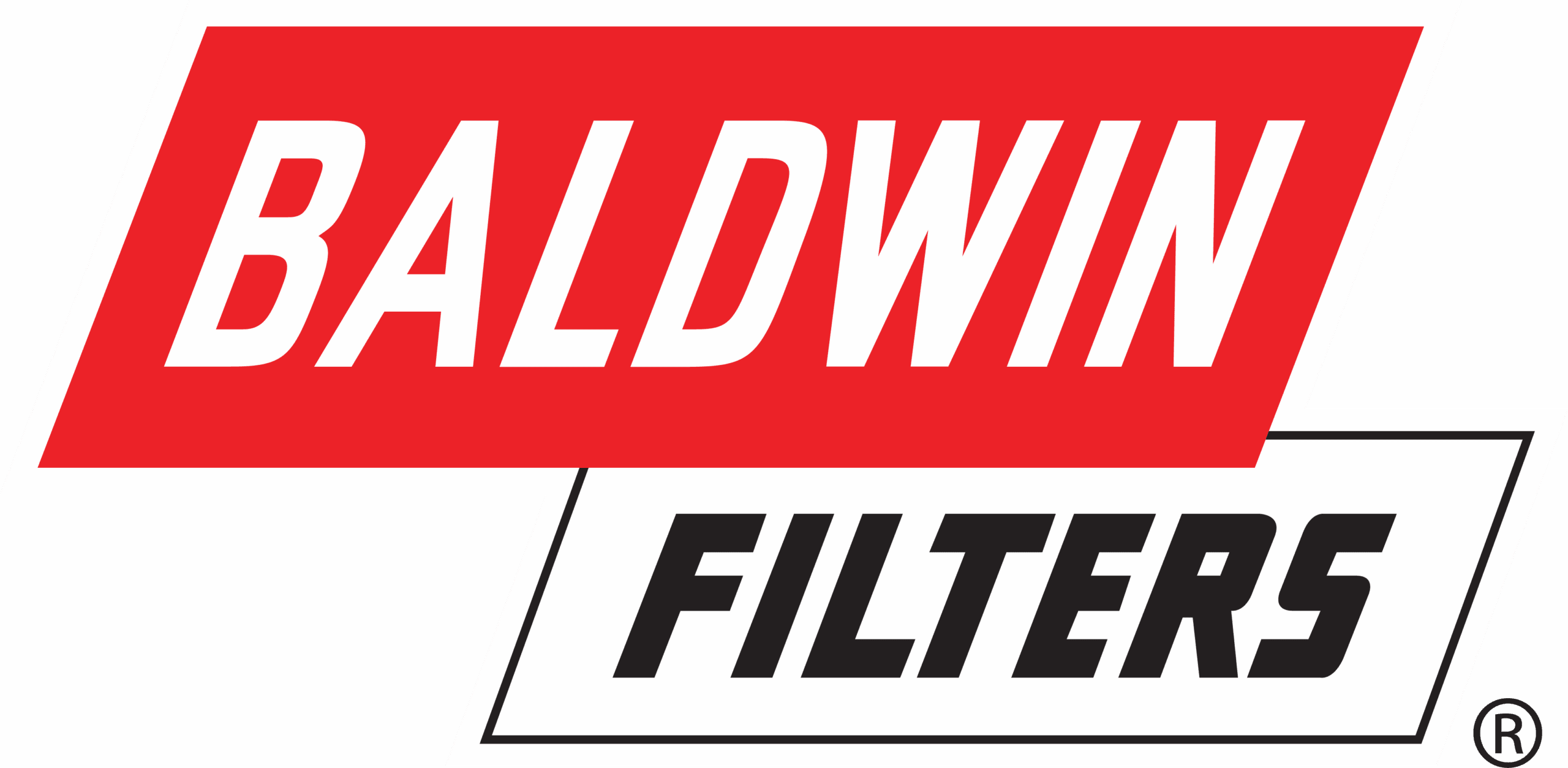Supplier portals: An open door to AP efficiency
- Home
- Supplier portals: An open door to AP efficiency
Home - Supplier portals: An open door to AP efficiency
Corcentric

Have you ever gotten lost in The Lion, The Witch, and The Wardrobe, Alice’s Adventures in Wonderland, or The Matrix films, or Minecraft if your taste runs to games?
What’s the singular aspect they all have in common? Portals.
These interdimensional gateways aren’t just plot devices; they’re thresholds that challenge our understanding of reality. Portals represent more than just a passage — they’re a promise of transformation, discovery, and the unknown.
And they can also be an excellent way to help make your accounts payable more efficient, secure, and strategic when they happen to be supplier portals.
So, instead of breaching dimensional walls, let’s take a look at how you can use supplier portals to break down communication barriers between businesses and suppliers and optimize your accounts payable processes.
We promise not to go down a rabbit hole.
Understanding supplier portals
Supplier portals are web-based platforms or components of platforms that serve – as the name suggests – as a centralized hub for all supplier-related interactions. These digital gateways facilitate seamless communication, document exchange, and transaction processing between businesses and 3rd parties, namely vendors and suppliers.
In the context of AP, supplier portals integrate directly with financial systems, creating a streamlined channel for invoice submission, approval, and payment processing.
The beauty of supplier portals lies in their ability to automate and simplify complex AP workflows. They eliminate the need for manual data entry, reduce paper-based processes, and provide real-time visibility into invoice and payment statuses. This level of integration and automation is transforming the traditional, often cumbersome, AP function into a strategic asset.
AP challenges supplier portals help solve
You’re in AP, so you know the grind:
- Manual processing: Manual invoice processing eats up time and invites errors, delays, and inefficiencies – on average, it takes about 25 days per invoice.
- High costs: The cost of processing an invoice manually can range from $12 to $30.
- Lack of visibility: Without a centralized system, tracking invoice statuses becomes a scavenger hunt.
- Supplier inquiries: Your inbox flooded with “When will I get paid?” messages.
- Compliance and audit risks: Manual processes increase the risk of non-compliance and turn audits into marathon events.
These challenges not only strain AP resources, but also hinder your ability to leverage early payment discounts and maintain positive supplier relationships.
Automating accounts payable processes with supplier portals
Supplier portals address these pain points head-on, offering a suite of features designed to streamline AP operations:
- Automated invoice processing: Suppliers can submit invoices directly through the portal, which are then automatically routed for approval based on predefined rules. This eliminates manual data entry and reduces processing time significantly.
- Real-time status updates: Both suppliers and AP teams have instant access to invoice and payment statuses, reducing the need for follow-up calls and emails.
- Self-service capabilities: Suppliers can update their own information, access historical data, and resolve simple issues without involving AP staff.
- Electronic payments: Integration with various payment methods allows for faster, more secure transactions.
- Document management: All relevant documents are stored centrally, making retrieval and audits much simpler.
- Analytics and reporting: Advanced reporting tools provide insights into AP performance, helping identify bottlenecks and opportunities for improvement.
By implementing these features, supplier portals pave the way for significant efficiency gains.
Quantifying supplier portal efficiency gains
The impact of supplier portals on AP efficiency is not just theoretical – it’s backed by impressive statistics:
- Time savings: Supplier portals can free up approximately 25% of AP personnel’s time, allowing them to focus on more strategic tasks.
- Cost reduction: Organizations can lower their AP costs by up to 81% through the implementation of supplier portals and related technologies.
- Process improvement: AP processes can be reduced by up to 80% with a self-service supplier portal, dramatically streamlining operations.
- Faster processing: The average time to process an invoice can be reduced from 25 days to as little as 3 days with automated systems.
- Error reduction: By eliminating manual data entry, supplier portals can reduce errors by up to 37%, improving accuracy and reducing rework.
In terms of significant bottom-line benefits, supplier portals make for a compelling investment.
Beyond efficiency: Additional benefits of supplier portals
While efficiency gains are a primary driver for implementing supplier portals, the benefits extend far beyond just streamlining processes:
- Improved supplier relationships: By providing transparency and timely payments, supplier portals help foster stronger, more collaborative relationships with vendors.
- Enhanced data accuracy and compliance: Centralized data management and automated processes reduce errors and ensure compliance with regulatory requirements.
- Better cash flow management: Real-time visibility into invoices and payments allows for more strategic cash flow management and the ability to capture early payment discounts.
- Increased sustainability: By reducing paper-based processes, supplier portals contribute to an organization’s sustainability efforts.
- Easy scalability: As businesses grow, supplier portals can easily accommodate increased transaction volumes without a proportional increase in AP resources.
- Enhanced fraud prevention: Advanced security features and automated three-way matching help detect and prevent fraudulent activities.
Implementing a supplier portal: Best practices
To fully realize the benefits of a supplier portal, there are best practices to follow for implementation:
- Stakeholder engagement: Involve all relevant departments (AP, IT, Procurement) in the planning and implementation process.
- Clear communication: Develop a comprehensive communication plan to inform and educate suppliers about the new portal.
- User-friendly design: Ensure the portal is intuitive and easy to use for both internal staff and suppliers.
- Phased rollout: Consider a phased approach, starting with key suppliers before expanding to the entire vendor base.
- Integration: Seamlessly integrate the portal with existing ERP and financial systems for maximum efficiency.
- Training and support: Provide thorough training for both internal teams and suppliers, along with ongoing support resources.
- Continuous improvement: Regularly gather feedback and monitor KPIs to identify areas for enhancement.
- Incentivized adoption: Offer incentives, such as faster payment terms, to encourage suppliers to adopt the portal early on.
Corcentric’s supplier portal capabilities
With decades of experience in supplier management, we know how to leverage a robust supplier portal to enhance collaboration and streamline processes between businesses and suppliers:
- Complete supplier lifecycle management: Corcentric’s Supplier Management solution offers comprehensive lifecycle management, from initial onboarding to ongoing performance evaluation. This includes verified data and certifications, ensuring that organizations work with reliable suppliers who meet their standards.
- Cor360 Purchase Order Supplier Portal: Accelerate invoice processing by enabling suppliers to convert purchase orders directly into invoices in just 30 seconds. The portal provides 24/7 visibility into invoice status, including anticipated and actual remittance dates, significantly reducing follow-up inquiries. Suppliers receive email notifications for new purchase orders, ensuring no opportunities are missed. The portal’s embedded help/chat capabilities allow direct communication with Corcentric or customers without leaving the platform, streamlining support processes.
- Two-way self-service collaboration: The portal facilitates seamless communication between suppliers and AP teams, allowing for real-time updates and interactions. Suppliers can manage their profiles, submit invoices, and access essential documents without needing constant assistance from AP staff.
- Automated invoice processing: With features that automate invoice submission and approval workflows, Corcentric significantly reduces manual data entry and processing times. This efficiency not only accelerates payment cycles but also minimizes errors associated with traditional processing methods.
- Real-time status updates: Both suppliers and AP teams benefit from instant access to invoice statuses and payment information. This transparency helps to reduce follow-up inquiries and fosters stronger relationships built on trust and reliability.
- Advanced analytics and reporting: Corcentric’s Supplier Portal includes powerful analytics tools that provide insights into supplier performance against key performance indicators (KPIs). Organizations can identify bottlenecks, track compliance, and make informed decisions to optimize their supplier relationships.
- Enhanced risk management: The platform incorporates risk assessment tools like StopFraud™ that help organizations evaluate supplier performance and compliance. Alerts and notifications keep businesses informed about credential expirations or changes in supplier status, enabling proactive risk management.
- Scalability for growth: As organizations expand, Corcentric’s Supplier Portal can easily scale to accommodate increased transaction volumes without requiring significant additional resources. This flexibility ensures that businesses can adapt to changing market conditions while maintaining efficient operations.
- Integration with existing systems: Corcentric seamlessly integrates its Supplier Portal with existing ERP and financial systems, providing a unified approach to supplier management. This integration enhances efficiency by ensuring that all relevant data is accessible in one centralized location.
By leveraging these capabilities, organizations can transform their supplier relationships into strategic partnerships that drive innovation, cost savings, and operational excellence.
Ready to open the door to efficiency?
Supplier portals are less a technological upgrade than a strategic imperative. By opening the door to unprecedented efficiency, portals address pervasive AP challenges while delivering a host of additional benefits: Dramatic cost and time savings, improved supplier relationships, faster decision making and enhanced strategic capabilities.
As speed and complexity continue to define global business, the ability to streamline AP processes and leverage real-time data becomes crucial.
Supplier portals offer this capability.
If you’d like to open your AP processes to a whole new dimension of efficiency, give us a call.



